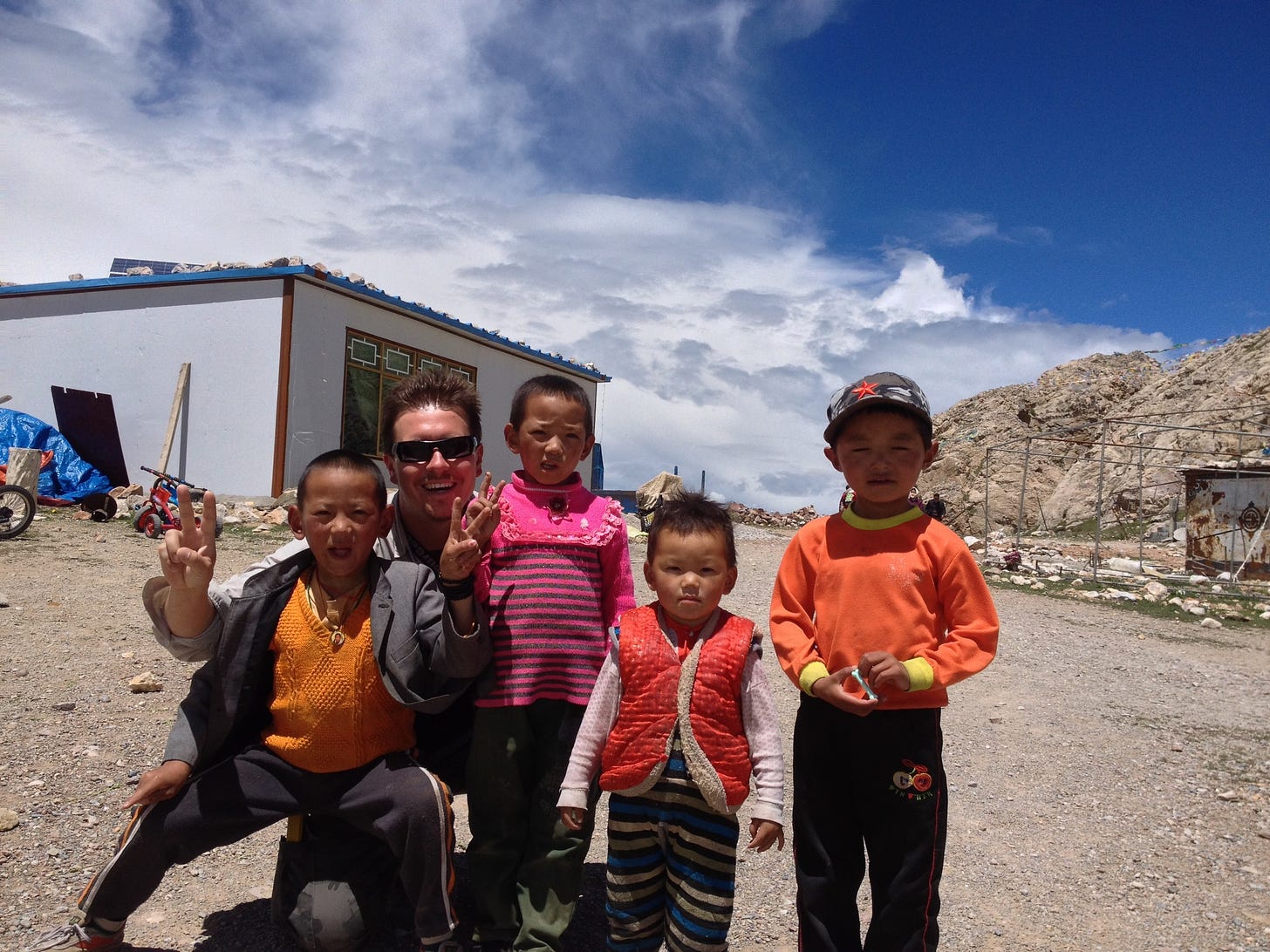The Misleading Nature of Global Temperature and CO2 Effects on Regional Weather
How Oversimplification Undermines Scientific Trust
Weather is primarily dominated by regional effects rather than global temperature or CO2 levels. Factors such as ocean currents, local topography, and atmospheric pressure systems play significant roles in shaping regional weather patterns. For example, the El Niño-Southern Oscillation (ENSO) significantly impacts weather across the Pacific, leading to varied effects like increased rainfall in some regions and droughts in others. Similarly, the Atlantic Meridional Overturning Circulation (AMOC) influences the climate of Europe, making it milder than other regions at similar latitudes.
Local topography also exerts a substantial influence on weather. Mountain ranges can block air movement, causing precipitation on the windward side and dry conditions on the leeward side. The formation of the Himalayas, primarily due to the collision between the Indian and Eurasian tectonic plates around 50 million years ago, significantly influenced global weather patterns. This immense mountain range affects atmospheric circulation and monsoon systems, creating diverse and complex climatic conditions in the region.
My advisor, and myself for a short stint after my PhD, have conducted extensive research on the geological history of the Himalayas with implications to their climatic impacts. The work primarily focuses on understanding the timing and processes involved in the uplift of the Himalayas and the Tibetan Plateau.
These regional factors are complex and multifaceted, often overshadowing the broader impacts of global temperature increases or CO2 levels.
Pretending that global temperature or CO2 levels have a direct and uniform effect on local weather is misleading. It simplifies the many factors influencing weather and leads to a general public misunderstanding and often irrational fears. For instance, attributing a single weather event to global warming without considering regional influences can erode public trust in scientific explanations.
The oversimplification and misattribution of weather events to global factors like CO2 can contribute to the erosion of public trust in science and scientific institutions.
Keep reading with a 7-day free trial
Subscribe to Irrational Fear to keep reading this post and get 7 days of free access to the full post archives.




